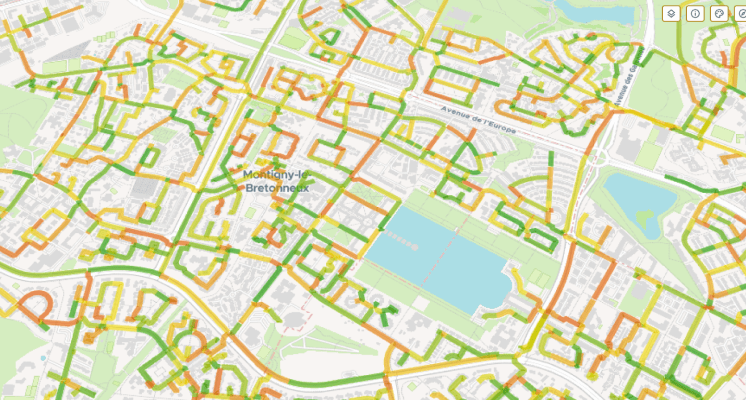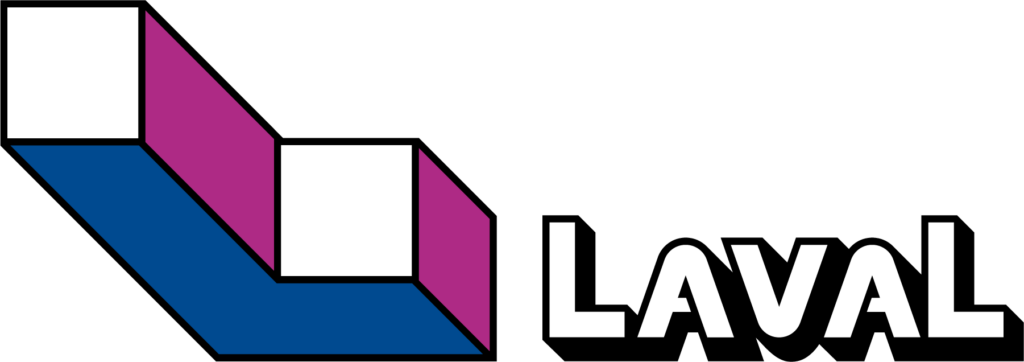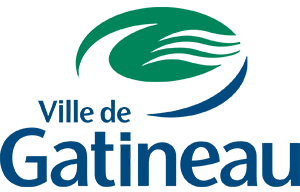How can Canadian municipalities benefit from Asset Investment Planning?

Canadian municipalities generally rely on four sources of revenue:
– property taxes
– intergovernmental grants
– revenues from fees and licensing
– long-term borrowing
This fiscal framework has hardly changed since the mid-19th century, and leaves municipalities across Canada with little flexibility to address 21st century challenges.
While local governments continue to lobby for fiscal reform, adopting an Asset Investment Planning solution optimizes investments long-term to provide communities with high levels of service and resilient infrastructure assets at sustainable costs.
Asset management in Canadian municipalities
According to the Federation of Canadian Municipalities, local governments manage about 60 per cent of all public infrastructure assets.
Clean drinking water, wastewater, roads, buildings, parks, public transit are just some of the essential services local and regional governments manage across Canada. And each one of these services is built on a network of physical assets that must be maintained, replaced, and invested in to ensure the communities receive a satisfactory level of service.
Based on survey results from Statistics Canada, the cost to replace all of Canada’s core public infrastructure in poor or very poor condition is approximately $264.7 billion – $50 billion more than Ontario’s 2024 budget which encompasses healthcare, education, infrastructure, and housing. Meanwhile, research commissioned by FCM indicates that the cost of building public infrastructure to support 5.8 million homes federal and provincial governments are directing municipalities to approve by 2030 requires municipalities to invest $600 billion – equivalent to Belgium’s GDP.
Given the magnitude of investment required to repair, rehabilitate, and replace critical infrastructure and the limited financing options available, Canadian municipalities are faced with an enormous challenge.
How much can they invest in their infrastructure? Are the investments they select going to be sustainable long-term? Is the selected asset management strategy optimizing the asset lifespan and bringing the maximum value to the communities served?
To answer these critical questions, some provinces have introduced asset management plan regulations. These require municipalities to develop an asset management plan that identifies local infrastructure investment priorities, and report asset management outcomes.
The ultimate goal of mandating asset management planning is to ensure needs are prioritized over wants. That investments are made at the right time to minimize future repairs, rehabilitations, and replacements. And while emphasizing the importance of asset management planning is a path to municipal sustainability, effective planning requires specialized solutions.
Of the solutions Canadian municipalities can adopt, Asset Investment Planning (AIP) should be at the top of the list. AIP software lets local public works leaders create and compare a variety of what-if scenarios to improve the efficiency of their investments, while reducing risk, building resilience, and maintaining or elevating service levels.
Unlocking value for Canadian municipalities with Asset Investment Planning
Municipal budgets are increasingly being tested by fires, flooding, heatwaves, and ice storms. The higher frequency of extreme weather accelerates critical infrastructure’s degradation. Maintaining or replacing critical infrastructure is further complicated with high inflation and supply chain disruption affecting the cost of materials and labour.
These challenges paired with years of under investments, significant population growth, and an outdated fiscal framework gives municipalities almost no margin for error when making investment decisions.
In short, Canadian municipalities are being asked to do more with less. But when supported by Asset Investment Planning software, municipal decision-makers can unlock value they may have otherwise overlooked.
What is Asset Investment Planning?
For municipal decision-makers that must provide essential services despite constrained budgets and limited resources, asset management software maximizes the efficiency and lifespan of their assets. By and large, there are three types of asset management software municipal decision-makers can benefit from:
– Enterprise Asset Management (EAM)
– Asset Performance Management (APM)
– Asset Investment Planning (AIP)
Where Enterprise Asset Management (EAM) and Asset Performance Management (APM) solutions, like IBM Maximo Application Suite, are designed to improve the day-to-day and month-to-month performance of assets, AIP simulates asset and investment performance over several years.
An AIP like Direxyon does this by:
Importing all available data. Direxyon’s AIP can import any relevant data from any source, format, or vendor be it financial data in spreadsheets or asset data from a centralized database like IBM Maximo Application Suite. Clients with EAM and APM solutions who integrate their asset data within the AIP will see this data enriched because of the long-term, strategic view AIP enables.
Visualizing your municipality. Once all asset data from IBM Maximo Application Suite has been integrated within Direxyon, municipalities will be able to see digital twins of all their assets visualized in an interactive map. In addition to the asset visualization, Direxyon lets municipal leaders formalize their intervention policies by creating decision trees, allowing them to see the interplay between best practices, regulatory requirements, and any budgetary constraints.
Simulating possible futures. With the assets and policies modeled in Direxyon, municipalities can simulate asset and financial performance several decades into the future. In doing so, municipalities can see the long-term impact of their investments and test different budget allocations, risk mitigation initiatives, and asset management policies to find the optimal strategy.
Continuous improvement. After identifying the investment scenario that maximizes asset value and financial performance, municipalities can take the insight generated by Direxyon on the investment level and apply it to IBM Maximo. As IBM Maximo monitors and predicts performance on the day-to-day and month-to-month basis based on the new investment strategy, that data can be returned to Direxyon for further refinement to ensure the strategy remains optimized long-term.
Thanks to the combination of data, asset models, decision trees, and simulation, municipal asset managers can run a variety of investment scenarios. These what-if scenarios can show the long-term impact on the infrastructure condition and cost if the municipality prioritizes investments by risk, invests more in rehabilitations than replacements, or any other change that might benefit their strategic priorities long-term.
By evaluating and comparing the long-term feasibility and sustainability of their investment strategies, Canadian municipalities get a much better sense of where the risks and the right investments are.
What do Canadian municipalities need for Asset Investment Planning?
A common misconception about Asset Investment Planning software is that asset-intensive organizations, like municipalities, need more data or perfect data before they can adopt an AIP software. Data is the foundational piece, and as long as you have some data, your municipality can benefit from an AIP.
If a Canadian municipality has an inventory of its assets, their location, size, and materials, they can benefit from an AIP. Even if there are gaps in the inventory, Direxyon’s AIP Suite uses Machine Learning to fill any gaps in the inventory. Provided there’s some asset and financial data available, the Direxyon Suite can combine it with your municipality’s decision policies and strategic goals to generate the insight necessary to make sustainable decisions that improve your community in the short, medium, and long term.
Asset Investment Planning software is not a luxury reserved for mature organizations. It’s an accelerator of continuous improvement. It empowers decision-makers to unlock new opportunities for maximizing asset value and improve the lives of residents for years to come.
Adopting an AIP in your municipality
Thanks to Direxyon’s Asset Investment Planning software, municipalities successfully:
– Develop sustainable, integrated intervention strategies
– Reduce their infrastructure deficits
– Mitigate risk
– Optimize capital and operational budgets
– Reduce the annual investment required to meet service level objectives
– Identify investment opportunities
Direxyon Municipal Asset Management Solutions
How Direxyon’s Asset Investment Planning suite helps municipalities plan for a sustainable future.

Map all your assets
Import all your asset data from any source, format, or vendor and visualize them on a map, by neighbourhood, by projects, costs, etc.

Compare your strategies
Simulate and compare asset intervention strategies to see their long-term viability based on cost, risk, performance, etc.

Create your investment plan
Select priority initiatives and plan your investments accordingly. Allocate resources to your entire municipal infrastructure portfolio: water, roads, buildings, transportation, etc.
Need help producing your Municipal Asset Management plan?
Direxyon has proven expertise with many municipalities planning the future of their infrastructure.
Let's work together
Tell us about your municipal asset managent needs.






